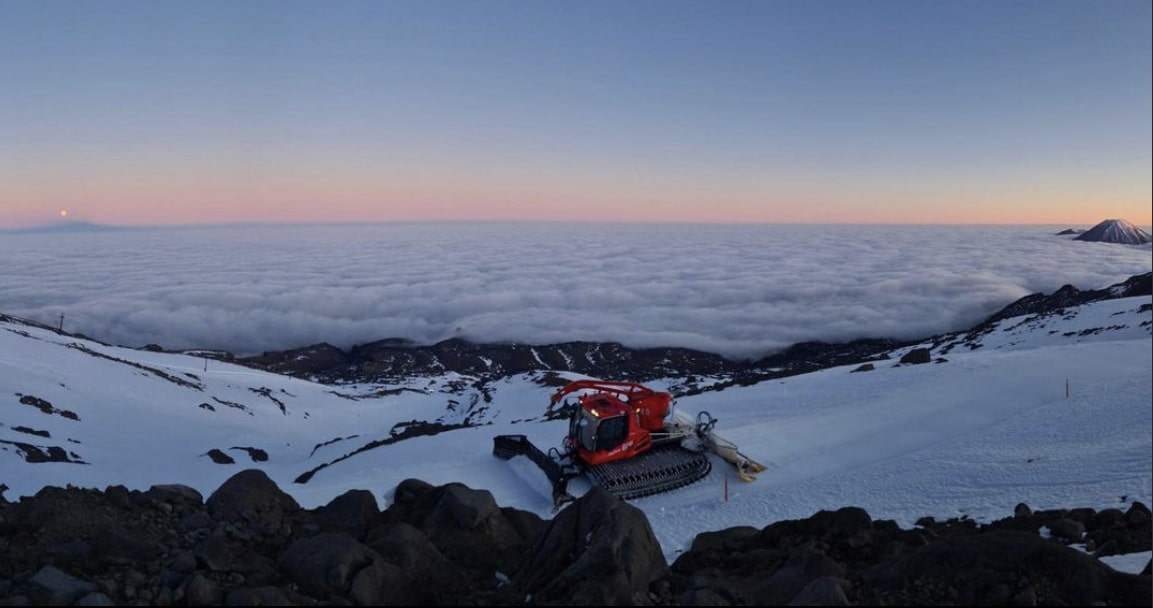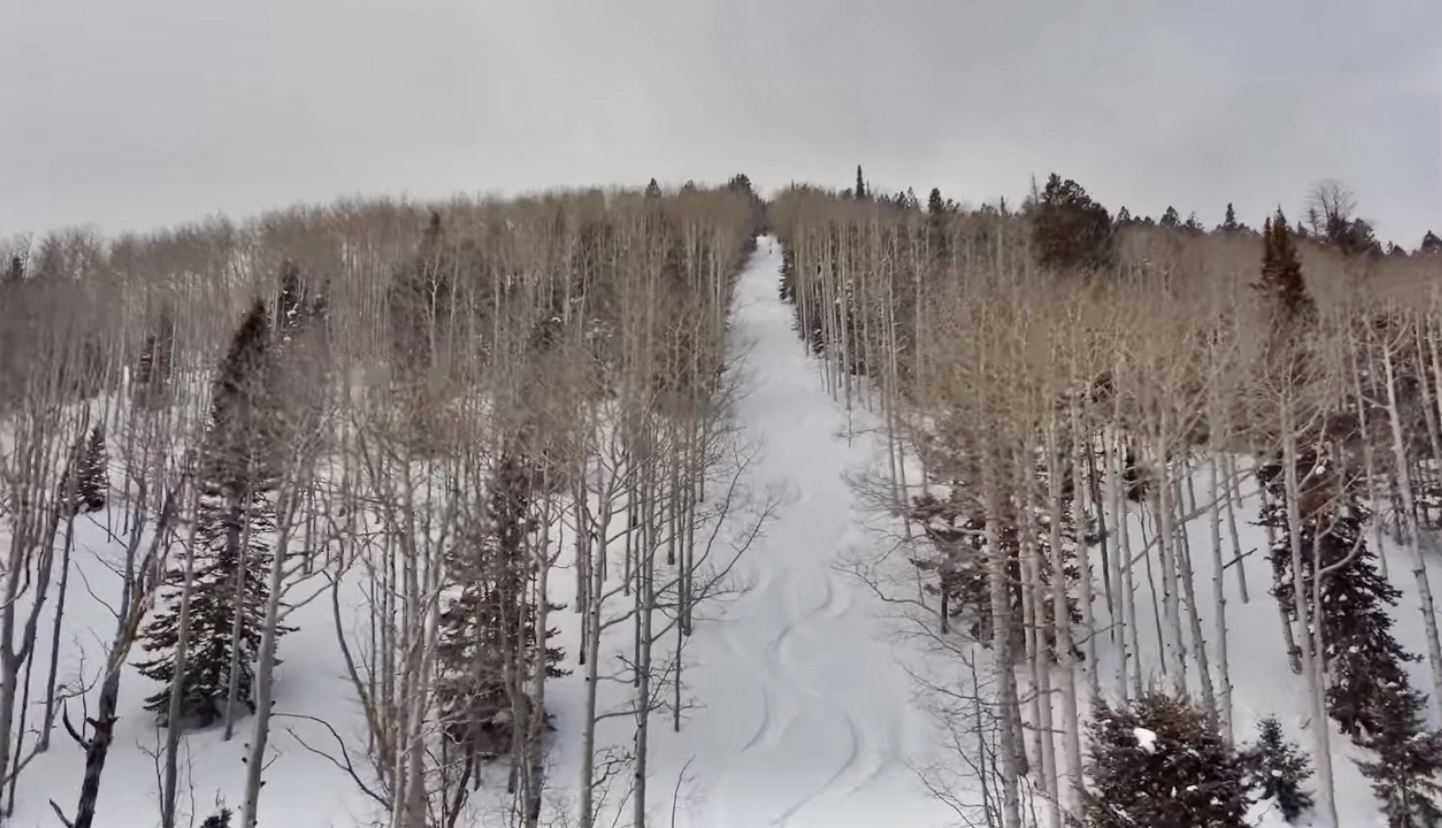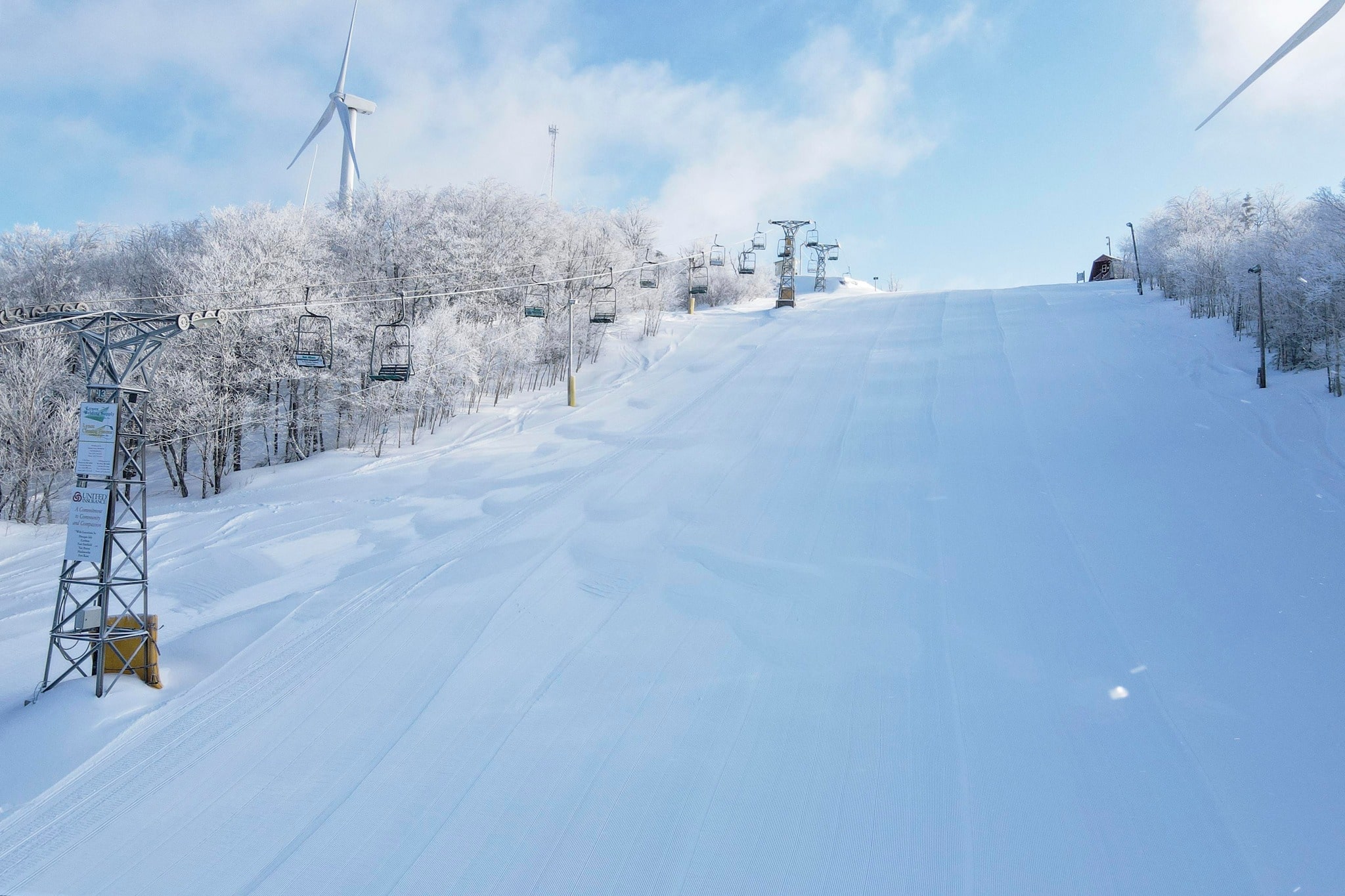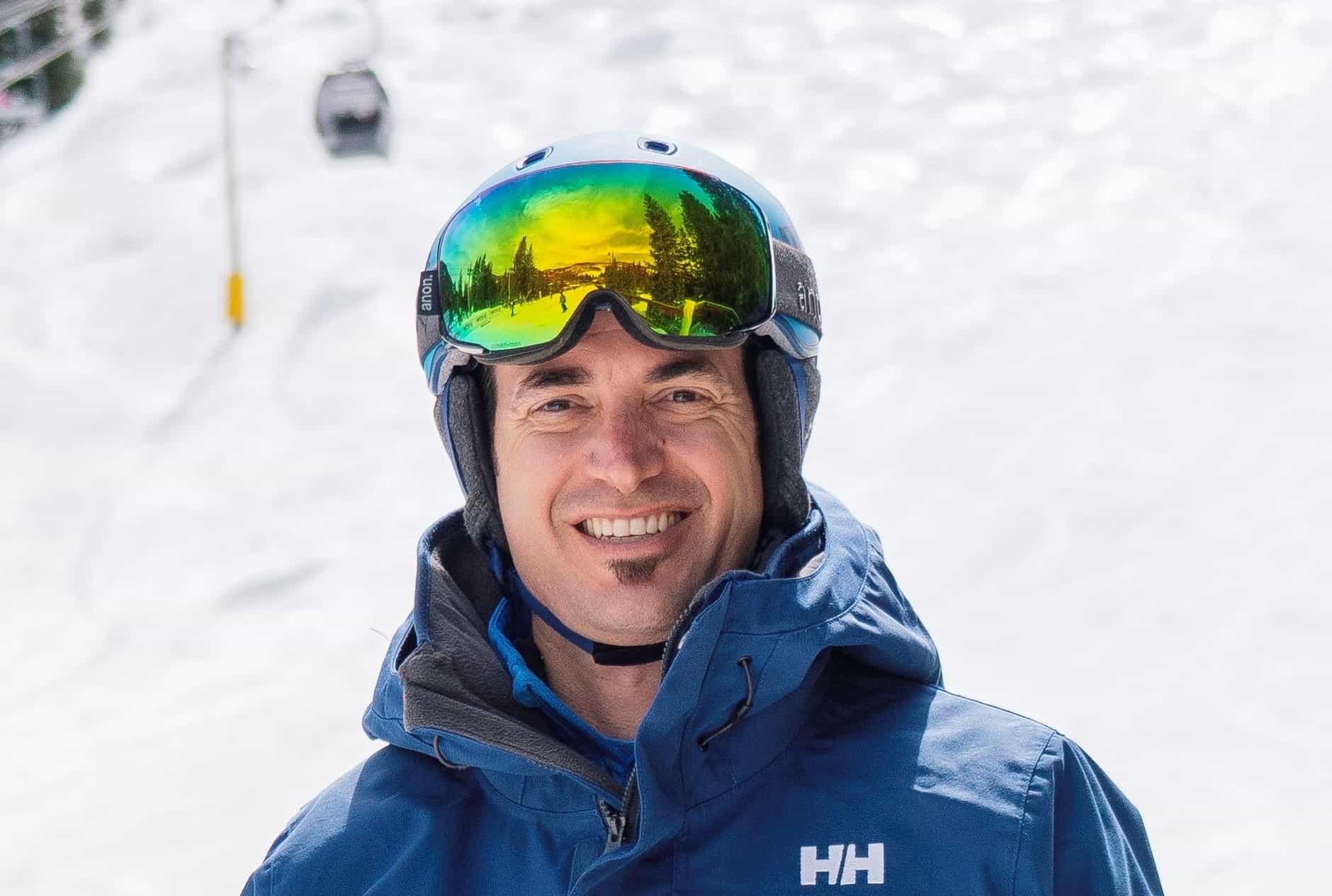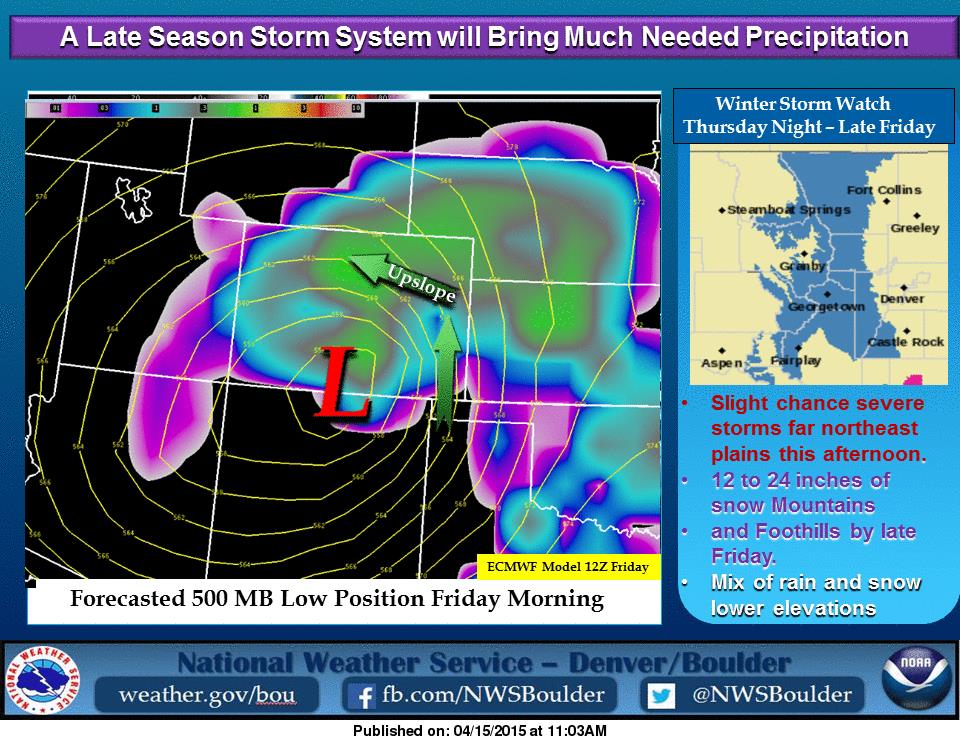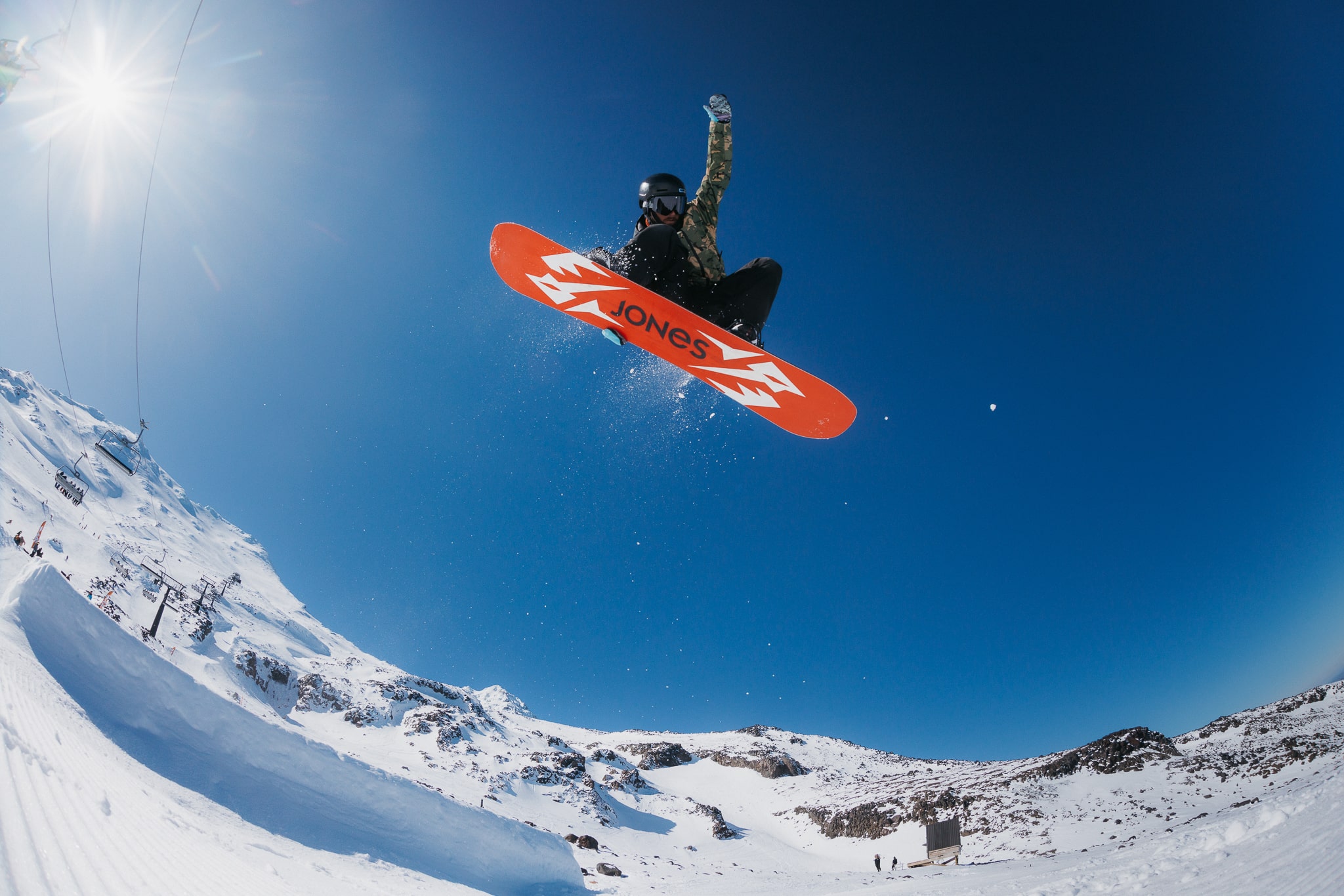
After the worst ski season in decades last year at Mt. Ruapehu, New Zealand, the operator of the twin-resorts Tūroa and Whakapapa on the North Island was forced to file for voluntary bankruptcy in late 2022. The New Zealand Government declined to provide another lifeline to the operator, which could have kept the largest ski area in New Zealand going until the start of the 2023 ski season in June, taking away any opportunity for operators to come back from its NZD 45 million loss. The operating company, Ruapehu Alpine Lifts ‘RAL’ was placed in voluntary administration in October 2022.
The Ministry of Business, Innovation and Employment, ‘MBIE’, is the largest creditor of RAL and had provided several lifelines to the operator together with ANZ bank. The consortium had also invested NZD 15 million (USD 9.5 million) in 2018 for the construction of the Sky Waka Gondola. It was hoped that a gondola would bring summer visitors to the area, transforming the ski area into a year-round attraction, but the investment failed to significantly improve visitation numbers from its opening in 2019. This was in part due to New Zealand closings its borders and imposing national travel restrictions for more than two years during the Covid-19 pandemic. As the largest creditor, MBIE has taken over the bidding process for companies who wish to take over the ski area management from RAL.
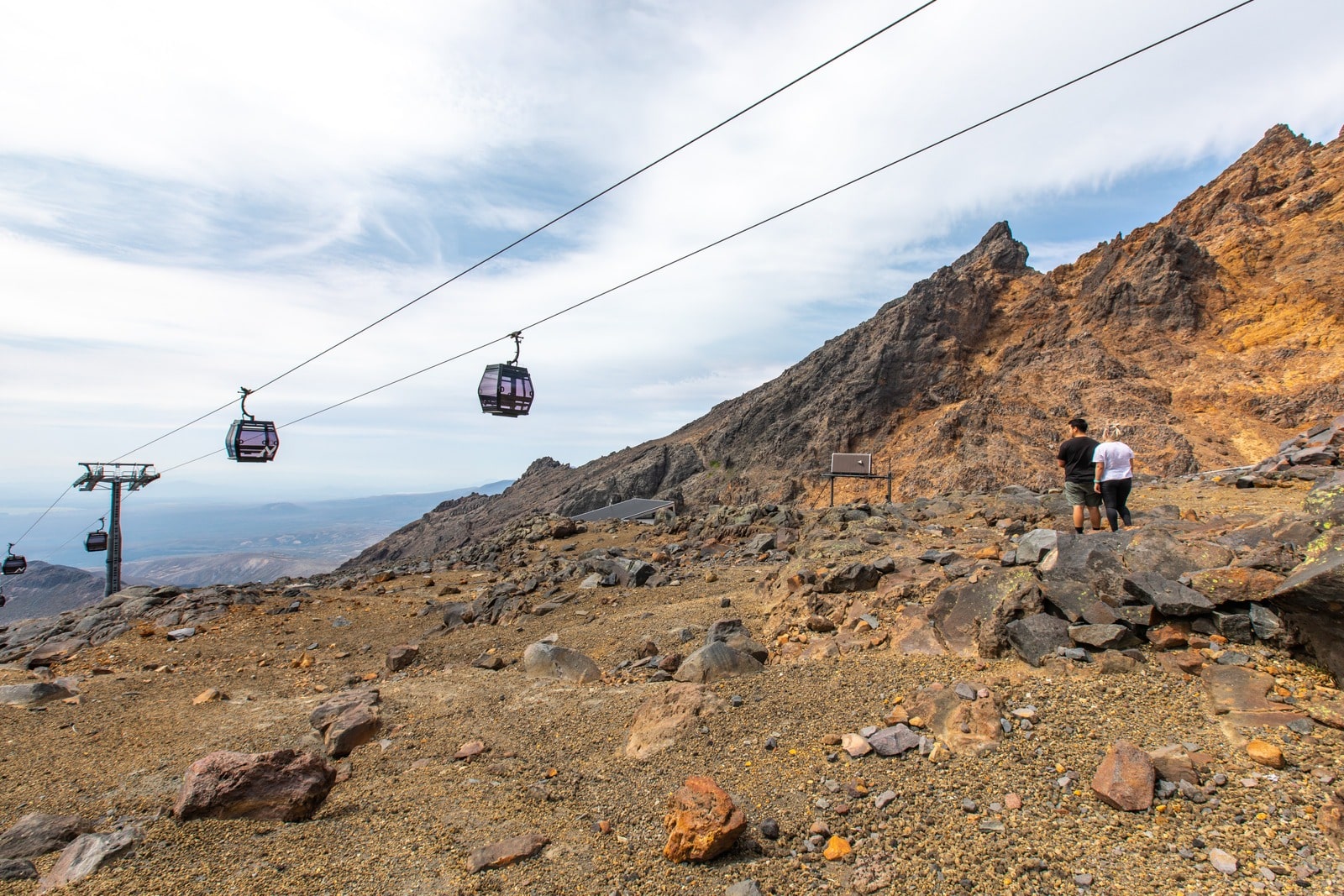
Four bidders have come forward to take over the troubled ski fields and it appears that the New Zealand government has accepted two of these offers: Pure Tūroa, a company funded by developers Cam Robertson and Greg Hickman, who would manage the Tūroa ski field, and a private equity company with connections to Tom Elsworthy and former RAL CEO Dave Mazey, who would manage the Whakapapa ski field. This seems to imply that the ski area could be split into two separate entities. It is unsure how this would be handled logistically, as the ski lifts are currently set up to be run on one ski pass.
This leaves the other two bidders Tūroa Alpine Ltd and Ruapehu Skifields Stakeholders Association out in the cold. Both of these bidders were made up of a consortium of residents, local businesses and nation-wide benefactors, who were hoping to generate enough funds through crowdfunding, to keep their home ski area afloat. Sam Clarkson, a spokesperson for the Ruapehu Skifields Stakeholders Association and founder of the Save Mt. Ruapehu Skifields Group was frustrated with the acceptance of the two commercial bids over the two grassroots initiatives, and claimed that there had been no transparency on the bidding process by MBIE. Any details about the successful bids have been released to date and are apparently subject to a non-disclosure document.
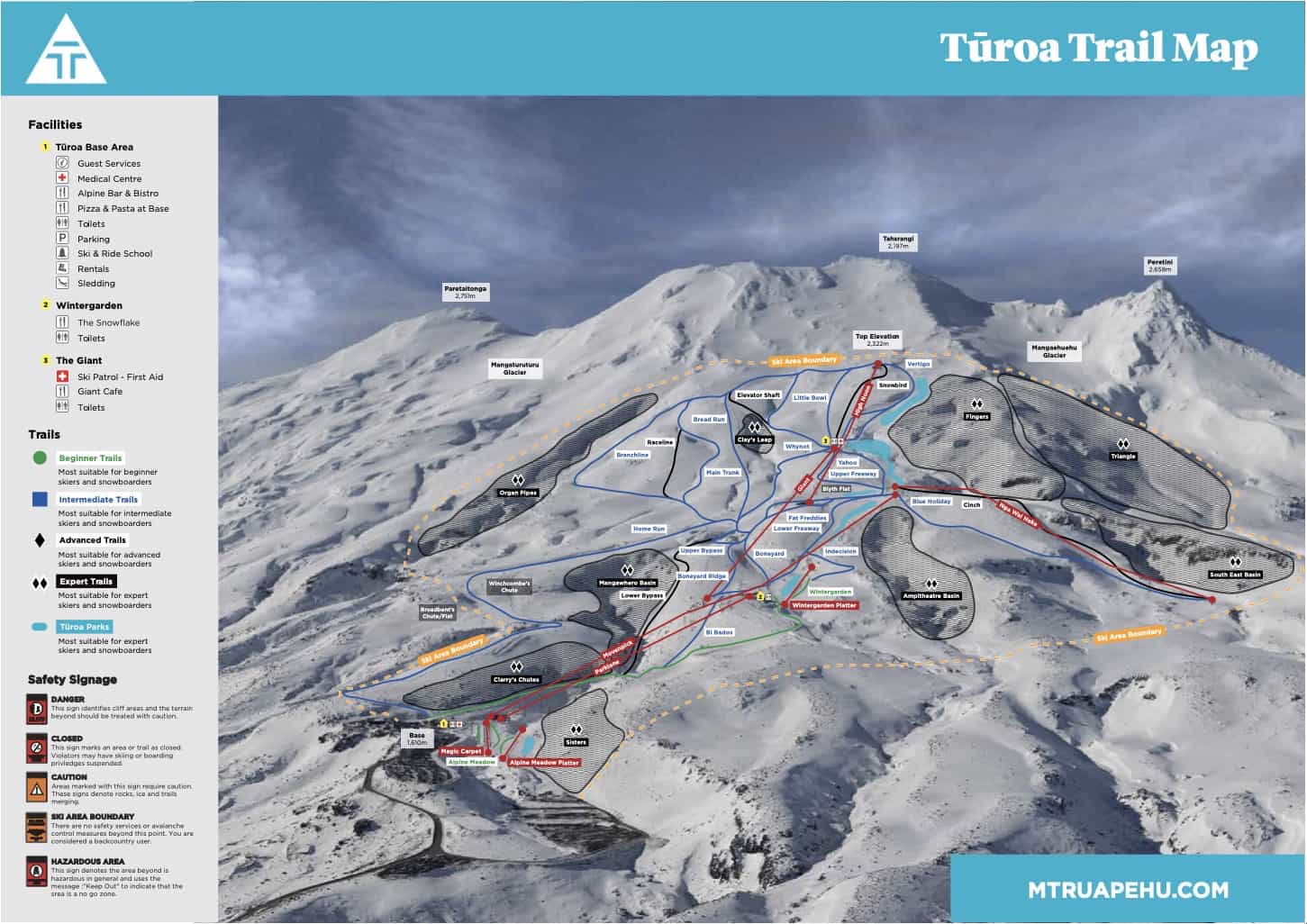
Locals in Ohakune welcome the acceptance of two bids by the MBIE. RAL used to be the largest employer in the region, with approximately 700 seasonal workers in winter. The twin ski fields supported a further 880 jobs in the area and the acceptance of the bids provides some much needed job security for locals. The ski fields contribute an estimated NZD 100 million (USD 63 million) in revenue to the region.
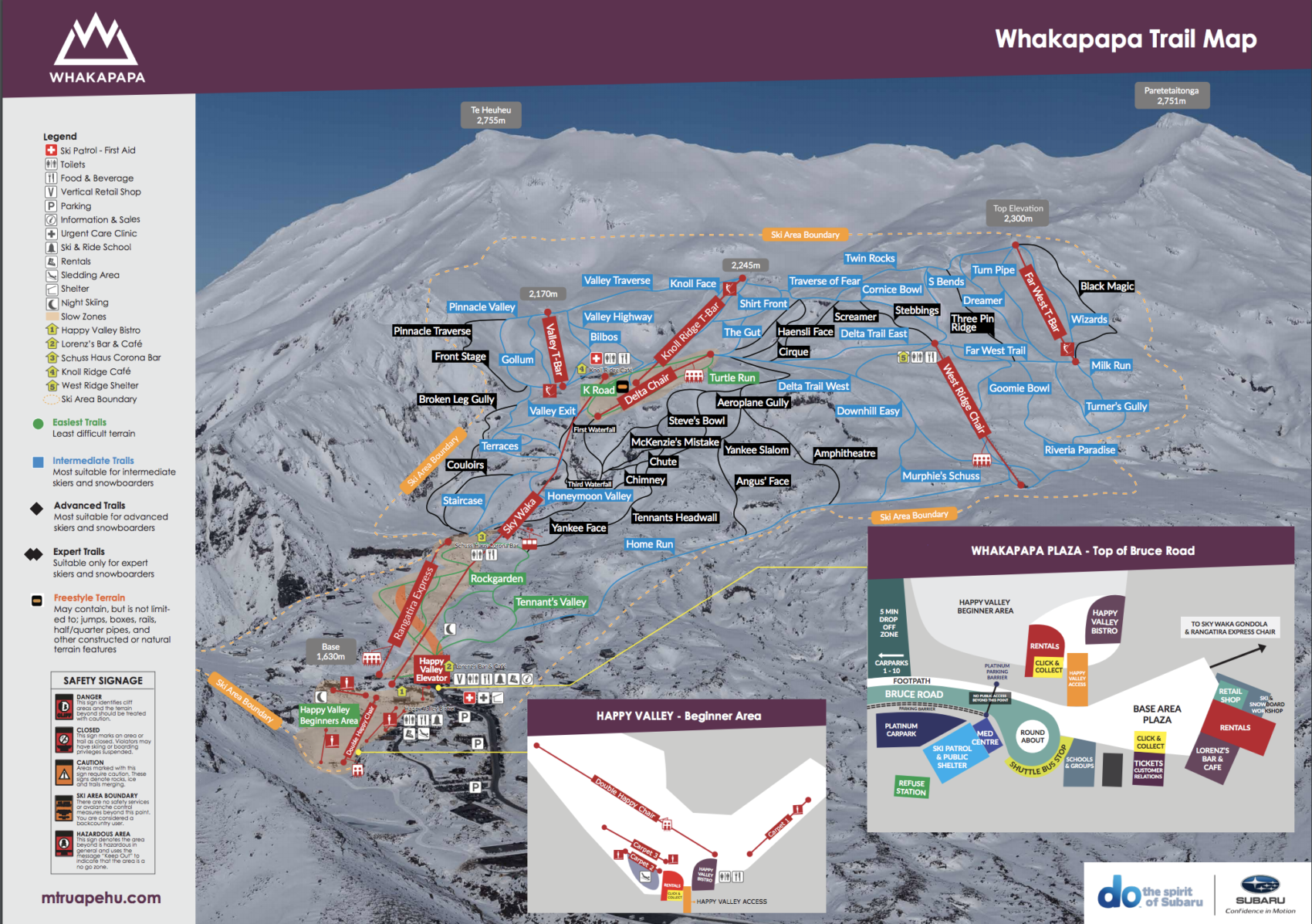
The two resorts at Mt Ruapehu are no stranger to adversity. In its 110-year skiing history, the ski area has gone through many iterations and has seen many crowdfunding efforts. The ski resort’s first lift was financed by selling Life Time passes to shareholders back in 1953 and was opened in 1954 by non other than Sir Edmund Hillary, the first man to climb Mount Everest together with Sherpa Tensing Norgay.
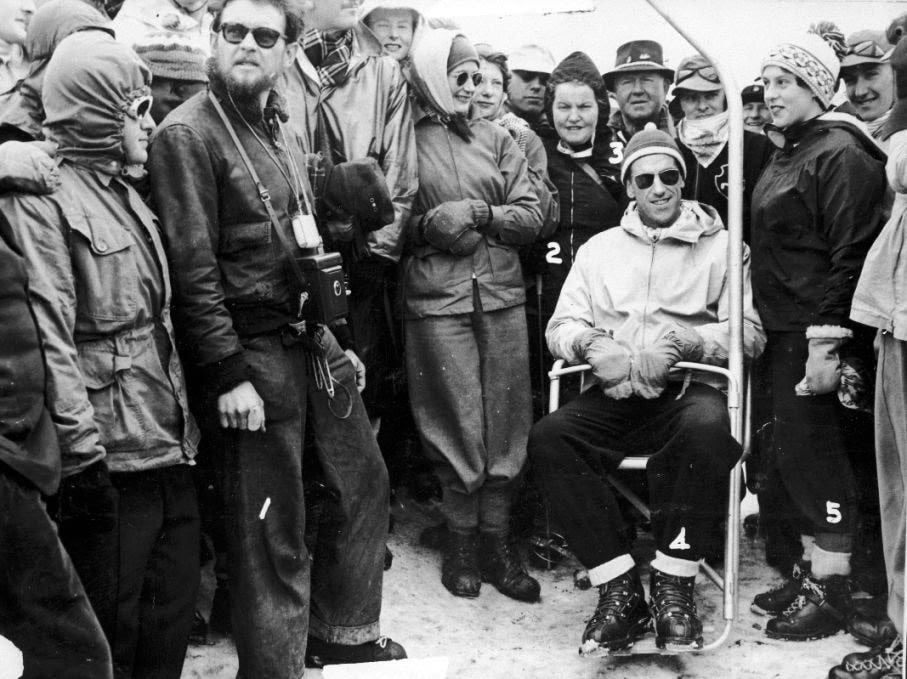
In 2006 and 2016 the Tūroa and Whakapapa ski fields offered Life Time passes for NZD 3,950 and upwards, to help finance new infrastructure, including a new chairlift at Whakapapa and snow making facilities. Unfortunately, declining skier visits have been felt in this resort for almost two decades, as skier demographics have been changing and wealthy domestic tourists from Auckland, New Zealand’s most populous city, increasingly opted to fly to the more snow-safe resorts near Queenstown on the South Island. Auckland to Mt Ruapehu is about a 4.5 hr drive, while Queenstown can be reached by a 1 hr 40 min direct flight.
Time will tell what the exact operating plans by the two winning bidders will be. With only five weeks left until the official start to the ski season in New Zealand, we will find out sooner rather than later, if in fact the twin-resort operations will be split and what exactly will apply to Life Time pass holders. At this point, season passes for the combined ski area are advertised for sale on Mt Ruapehu website, so we can only assume that a sort of joint operation will be on the cards for at least the 2023 season.
